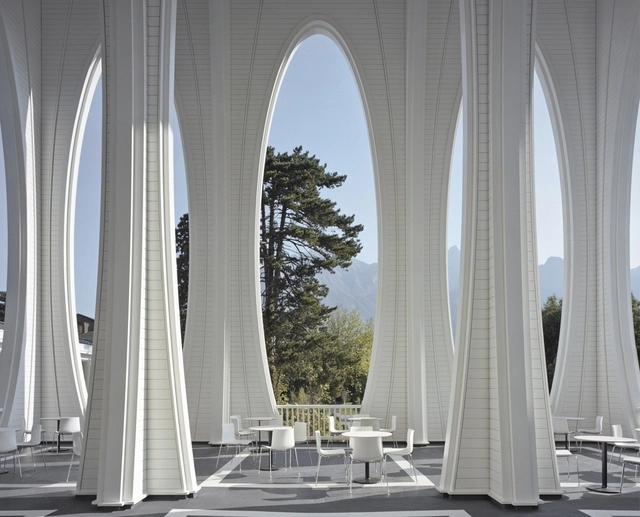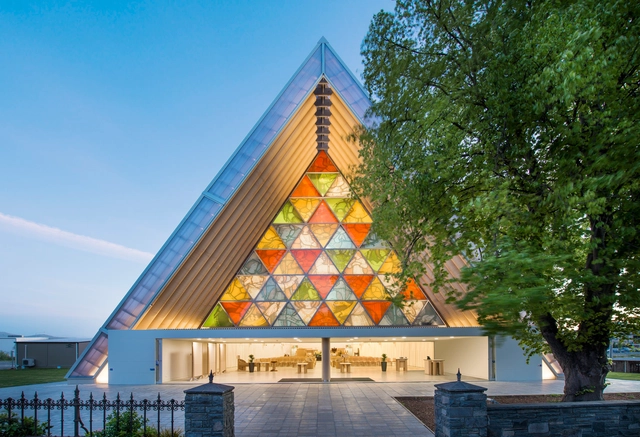
Flooding is a significant problem for buildings all around the world, including architectural treasures like the Farnsworth House that have been plagued by the issue time and time again. In particular, one-third of the entire continental U.S. are at risk of flooding this spring, especially the Northern Plains, Upper Midwest, and Deep South. In April of 2019, deadly floods decimated parts of Mozambique, Malawi, Zimbabwe, and Iran as well, resulting in a low estimate of 1,000 deaths while tens of thousands more were displaced. While architecture cannot solve or even fully protect from the most deadly floods, it is possible – and necessary – to take several protective measures that could mitigate damage and consequently save lives.



_Ahmed_Hossam_Saafan.jpg?1589841779&format=webp&width=640&height=580)





.jpg?1588864578&format=webp&width=640&height=580)







.jpg?1561029678&format=webp&width=640&height=580)
_Paolo_Rosselli__DSC2950.jpg?1588226670&format=webp&width=640&height=580)